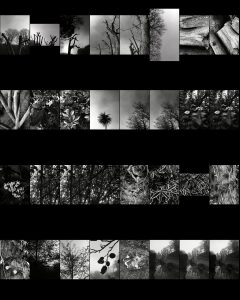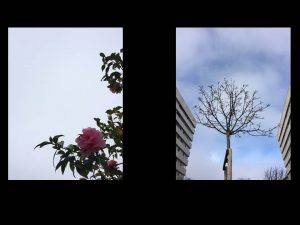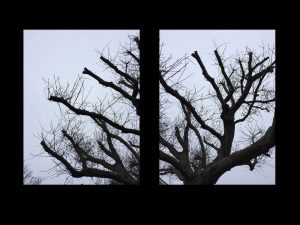Photographers
The main 4 photographers that influenced my ideas for human structure are:
- Josephine Cardin
- Dalton Campbell
- Bill Brant
- Miguel Ribeiro
Josephine Cardin
Born in San Domingo, Dominican Republic. Who grew up in South Florida before moving to Massachusetts in 2006. She now works in Rochester, NY.
Her work is inspired by music, dance, human themes of loneliness, isolation, love and loss. She uses both dancers and self-portraiture that illustrates seduction, bewitched and explores the human sensibilities, usually through abstract stories through the visual photographs.
She herself started off as a ballet dancer. She then had a few professional jobs in art whilst still producing her own photography which was personal and professional as a freelancer.
Dalton Campbell
Photographer in Austin Texas who specializes in portraits, fashion, editorial, commercial photography. In his 20’s he had his won company building and designing race cars until 2008 when he went back to business school and getting a degree in it. He hoped that he could change his career for something that would allow him to connect with people more. He then purchased his first camera which was a hobby until January 2013 when he sold everything he had so he could travel around Europe as a photographer. After his travel as a full time photographer he returned home with experience and understanding where he now uses to go deeper into world of photography.
Some of his clients include: Sony Music Entertainment and the Rolling Stones Magazine.
Bill Brant
By name of Hermann Wilhelm Brandt, born May 1904 in Hamburg, Germany and died December 20th, 1983, London, England. He was known for his 20th-century British life and his unusual nudes.
After his early schooling in Germany, he stayed in Switzerland during which he took up photography. He worked briefly in Paris in a studio of an American artists. In 1931 he returned to England and became a freelance photojournalist.
When World War 2 began, Brandt became a staff photographer for British Home Office, taking photographs of home-front scenes like air-raided shelters, London crowds and the underground train station. After the war, he started taking photographs of landscapes associated with literature.
Then in the 50’s, he started his best work of “Perspective of Nudes”. He used wide-angle fixed lenses at close range to the human body parts, which distorted the way the body looked, making an abstract, transformed figure. He then integrated the elements rocky beaches or cliffs into these photographs. This was the last work he ever did before he died.
Miguel Ribeiro
Born 18th August, 1952, Lisbon. Then lived in Mozambique from 1954-1972 when he then moved back to Lisbon to study medicine and then leading him to buying his first camera 2 years after graduating. He then moved to South Africa in 1980-1991 working as an consultant in Internal Medicine. After being inspired by the attitudes towards disease and death by black patients, he started a collection of medical photographs. He then moved back to Lisbon where he now lives and works.
Then from 2000 – 2008, he was fascinated in his own body, the textures and sculptural side of things which he stripped the human identity away from it. From these images he made short films attached with music.






